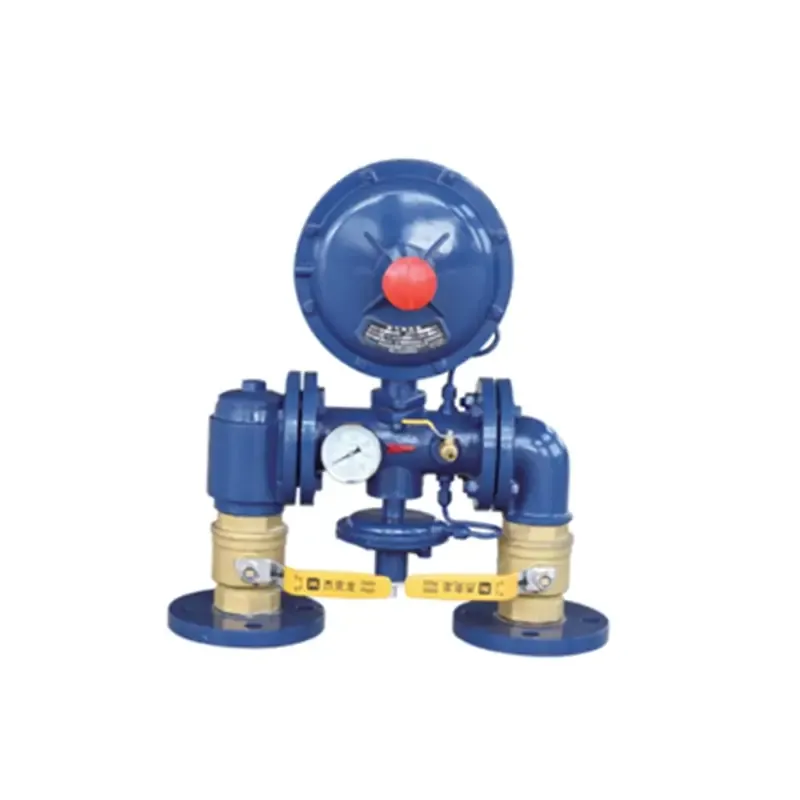
Dec . 11, 2024 20:53
Back to list
المبادل الحراري للغاز الطبيعي
Heat Exchangers in Natural Gas Applications
Heat exchangers play a critical role in various industrial applications, particularly in the processing and transportation of natural gas. These devices facilitate the transfer of heat between two or more fluids, allowing for efficient thermal management. In the context of natural gas, heat exchangers are essential for ensuring that gas is transported and stored at appropriate temperatures and pressures, thereby maximizing efficiency and safety.
Understanding Heat Exchangers
A heat exchanger is a system designed to transfer heat from one medium to another, without mixing the two fluids. They can be categorized into several types, including shell and tube, plate, air-cooled, and double-pipe heat exchangers. Each type has distinct advantages and is suited to different applications within the natural gas sector.
Shell and Tube Heat Exchangers are among the most commonly used designs. They consist of a series of tubes, one set carrying the hot fluid, while the other carries the cold fluid. The design allows for a large surface area for heat transfer while maintaining compactness, which is vital in space-constrained installations, such as offshore oil rigs and gas processing plants.
Plate Heat Exchangers offer a highly efficient alternative, featuring thin plates that create multiple channels for fluid flow. This design enhances the surface area for heat transfer while minimizing the volume and weight of the equipment. They are widely used in applications requiring efficient heat recovery and are especially useful in processes like natural gas liquefaction.
.
Importance in Natural Gas Processing
المبادل الحراري للغاز الطبيعي

In the natural gas industry, heat exchangers are crucial for various processes, including gas cooling, liquefaction, and re-gasification. When natural gas is extracted, it often contains impurities and must be processed to reach the required quality for transportation and use. Heat exchangers assist in cooling the gas, removing water vapor, and condensing heavier hydrocarbons, thus minimizing potential blockages in pipelines.
During the liquefaction process, heat exchangers help lower the temperature of the gas to below its boiling point, converting it into liquid natural gas (LNG). This transformation reduces its volume significantly, making it more economical to transport, especially over long distances. Similarly, when LNG is re-gasified for use as a fuel, heat exchangers play a vital role in raising the temperature of the LNG back to gaseous form for distribution to consumers.
Enhancing Energy Efficiency
The energy efficiency of heat exchangers in natural gas applications is paramount. Advances in technology have led to the development of highly efficient models that can recover and recycle waste heat from processes. For instance, combined heat and power (CHP) systems utilize waste heat from natural gas combustion processes to generate steam or hot water, thereby improving overall energy efficiency.
Moreover, the use of heat exchangers in natural gas processing reduces greenhouse gas emissions by optimizing energy consumption. Efficient thermal management minimizes the energy required for cooling and heating processes, aligning with global efforts to reduce the carbon footprint of fossil fuel industries.
Conclusion
Heat exchangers are indispensable in the natural gas sector, enhancing the efficiency of gas processing, transportation, and utilization. Their ability to transfer heat effectively ensures that natural gas can be liquefied, stored, and re-gasified with minimal energy loss. As the industry continues to evolve, advancements in heat exchanger technologies are expected to further improve efficiency and sustainability, playing a crucial role in meeting the growing global energy demands while adhering to environmental standards.
Investing in state-of-the-art heat exchangers not only contributes to operational efficiency but also supports the transition toward a more sustainable energy landscape, positioning natural gas as a key resource in the quest for cleaner energy solutions.
Next:
Latest news
-
Safety Valve Spring-Loaded Design Overpressure ProtectionNewsJul.25,2025
-
Precision Voltage Regulator AC5 Accuracy Grade PerformanceNewsJul.25,2025
-
Natural Gas Pressure Regulating Skid Industrial Pipeline ApplicationsNewsJul.25,2025
-
Natural Gas Filter Stainless Steel Mesh Element DesignNewsJul.25,2025
-
Gas Pressure Regulator Valve Direct-Acting Spring-Loaded DesignNewsJul.25,2025
-
Decompression Equipment Multi-Stage Heat Exchange System DesignNewsJul.25,2025

